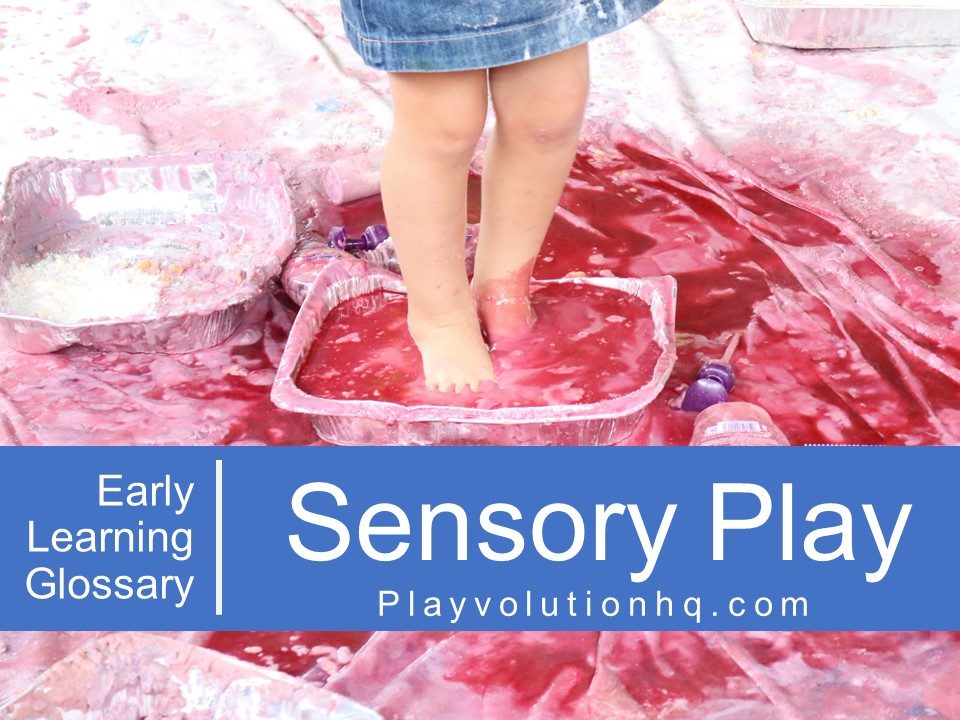
About Sensory Play
Sensory play is exactly what it sounds like–play and exploration that engages one or more of a child’s senses. Such play is important in the early years because it plays a vital role in sensory integration. Many online definitions of sensory play refer only to the 5 Senses (sight, hearing, smell, touch, and taste) we all learned about in elementary school. That’s a goof start, but to fully understanding sensory play requires amending that list to include both proprioception and vestibular sense. These seven senses are integral to how children’s busy brains perceive and engage the world.
Proprioception is the ability to sense what different parts of your body are doing without even looking at them. The vestibular sense is your awareness of where your body is in space; it determines your ability to effectively navigate your environment with ease and control.
(Hanscom, Angela J.. Balanced and Barefoot: How Unrestricted Outdoor Play Makes for Strong, Confident, and Capable Children (p. 38). New Harbinger Publications. Kindle Edition.)
This means that sensory play goes far beyond finger painting or fiddling with interesting concoctions in a plastic bin.
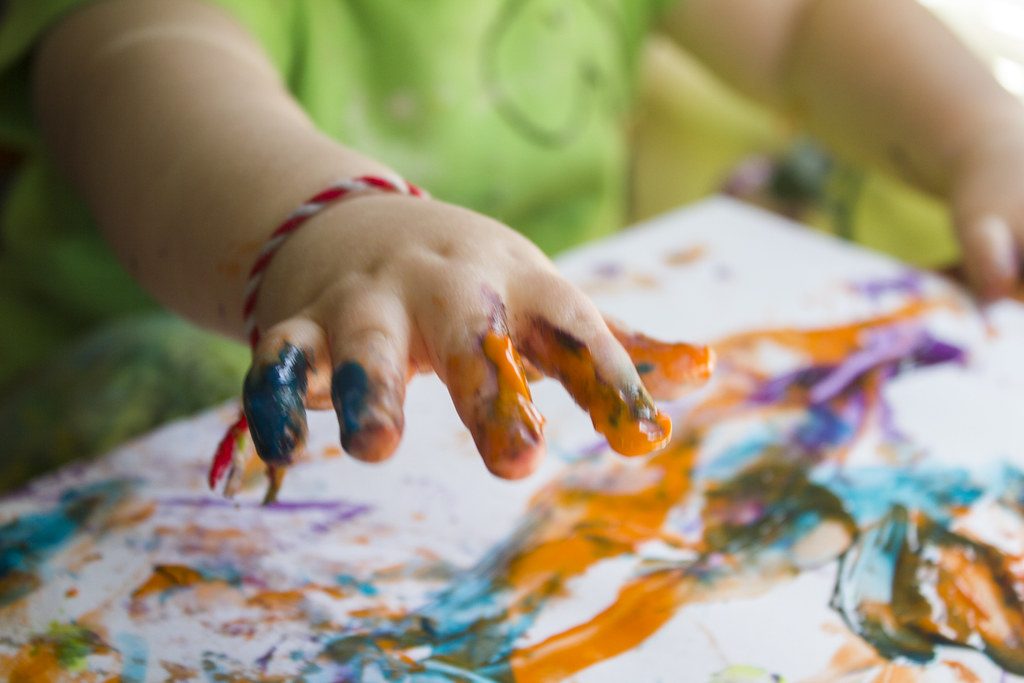
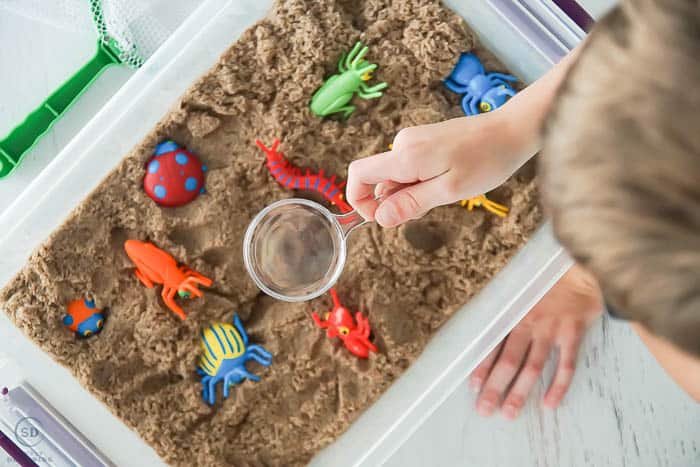
Sensory play includes pillow fights, swinging, and hanging upside down. It also includes things like rough and tumble play, climbing, throwing, and other activities that are outlawed in some early learning settings.
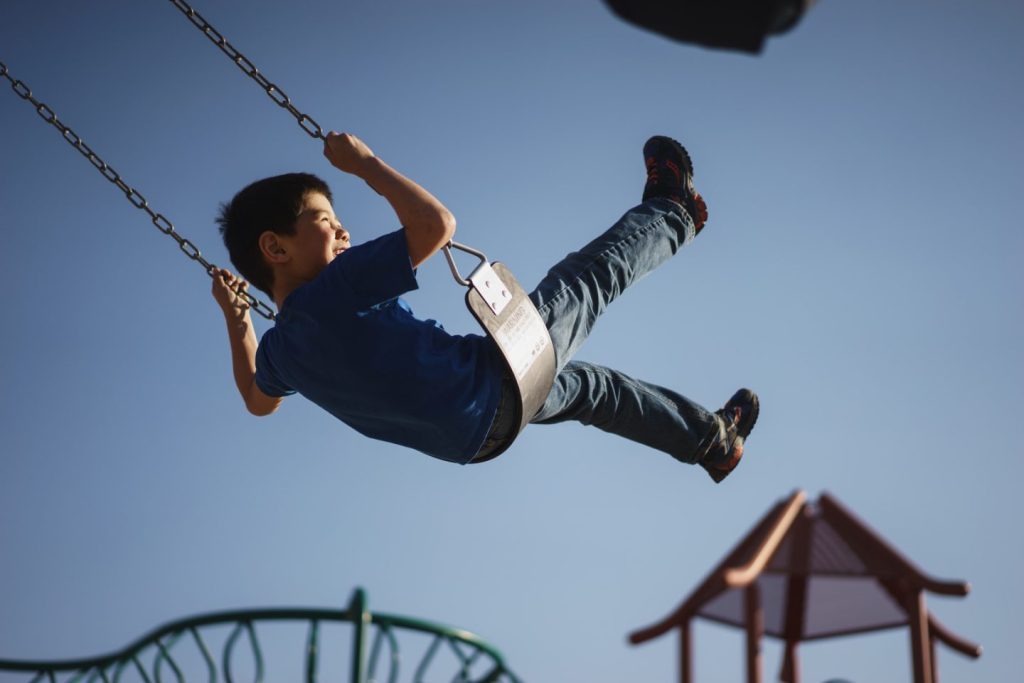

These opportunities to engage the senses wire a child’s body and brain. Angela Hanscom writes in Balanced And Barefoot, “The more exposure your child has to sensory experiences throughout the day, the more integrated and organized the brain, senses, and body become.” (Hanscom, Angela. Balanced and Barefoot: How Unrestricted Outdoor Play Makes for Strong, Confident, and Capable Children (pp. 49-50). New Harbinger Publications. Kindle Edition.)
In addition to the whole helping wire the brain and body thing, here are just a few of the many benefits of sensory play experiences:
- Opportunities to do things like smush play dough, stomp bubble wrap, pound on a drum, roll down a hill, or yell at the wind offer an emotional release to children with pent-up anger, aggression, energy, or frustration.
- Anxious children can find some types of sensory play calming and soothing–letting warm, wet mud run through their fingers, for example.
- Sensory play develops both large and small muscle strength and control.
- Language usage and skills expand during sensory play as children are exposed to new substances, textures, and sensations.
- Social-emotional skills are developed and honed as children practice waiting their turn, sharing materials, controlling their bodies, and generally self-regulating.
It should be noted that there seems to be a bias towards the senses of touch and vision when it comes to the sensory play activity ideas shared online. To illustrate this point, here are featured images from the first five search results for sensory play ideas.

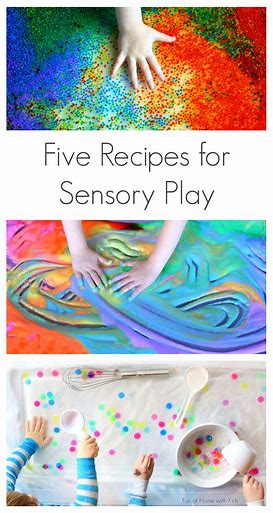
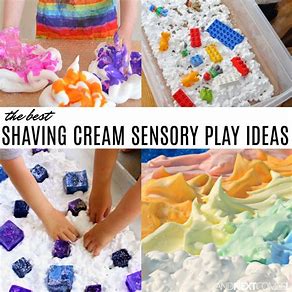
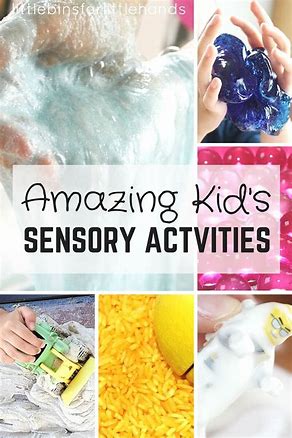
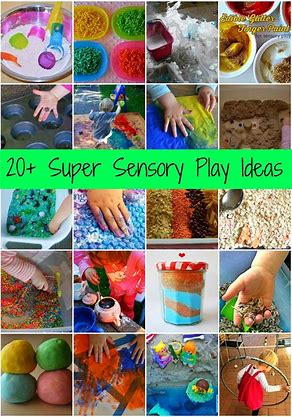
There’s nothing wrong with any of the ideas collected in those posts, and I must admit that the Playvolution HQ site probably suffers from the same bias. I’m also aware that vision/touch-centered activities engage the other senses to some degree–everyone tastes the paint and smells the play dough.
I bring this up to point out that while many early learning settings would benefit from more sensory play involving proprioception and vestibular sense, they also might consider ways to more fully support play and exploration opportunities that put the senses of taste, smell, and hearing front and center. For example, seeing tastes, smells, and sounds as loose parts children can engage with would be a step toward more play that focuses on these senses. Remembering that the sense of touch involves more than the hands and fingers is essential too.
Contribute content to Playvolution HQ
Brought to you by Explorations Early Learning
Thoughts On This Entry?
I’d love to hear your thoughts on improving this entry and suggestions for additional glossary additions in the comments below. You can also contact me with comments or concerns.
Browse Trainings
Post Author
Jeff Johnson is an early learning trainer, podcaster, and author who founded Explorations Early Learning, Playvolution HQ, and Play Haven.


Leave a Reply